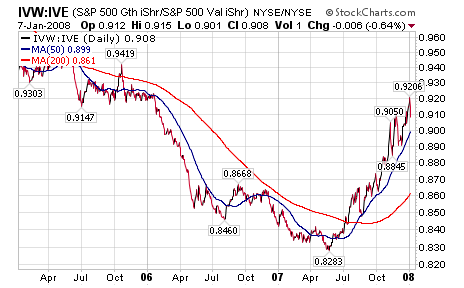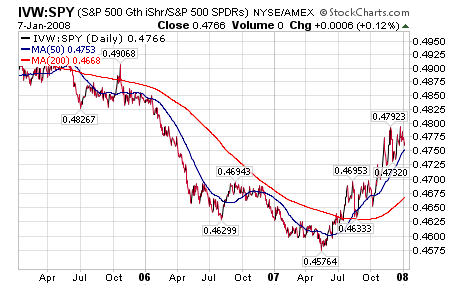Tue 7 Oct 2008
If you’re comfortable taking on some volatility, you can find some real bargains in the closed-end funds right now.
For example, VVR is a fund that invests in senior debt for corporations. VVR has taken quite a beating in its share price, going from a recent $5 to $6 range to the current $3.70. Here’s the fun part, it’s trading at a 28% discount to the underlying NAV, and is yielding over 14% (as long as the dividend stays at the current rate).
Why such a high yield on a bunch of high-quality senior debt? In a word, panic. If you absolutely gotta get cash, selling a fund like VVR quickly can push the price down dramatically… the daily volume is relatively low, and recent selling has overwhelmed the volume of buyers.
The story is similar with municipal bond fund LEO, with a 21% discount and a tax-free yield over 7%. Compare that to good taxable money market accounts like HSBC Direct at 3.25%, and LEO is looking very attractive.
What’s the risk? High volatility in day-to-day prices, as well as the possibility that some of the bonds held by the funds may default. But as long as you don’t think the world is about to end, these funds are a reasonable investment. (There are other inherent risks to closed-end funds that we’ve discussed before.) Prices could definitely fall further, so as long as the commissions won’t kill your formula, it makes sense to scale into positions over time.
Find more funds like this at www.closed-endfunds.com and do an advanced search. You would also want to look at www.etfconnect.com or MorningStar.com to check the fund’s holdings for anything you’re not comfortable with (several bond funds have FNMA MBS listed as their top 10 holdings…).



